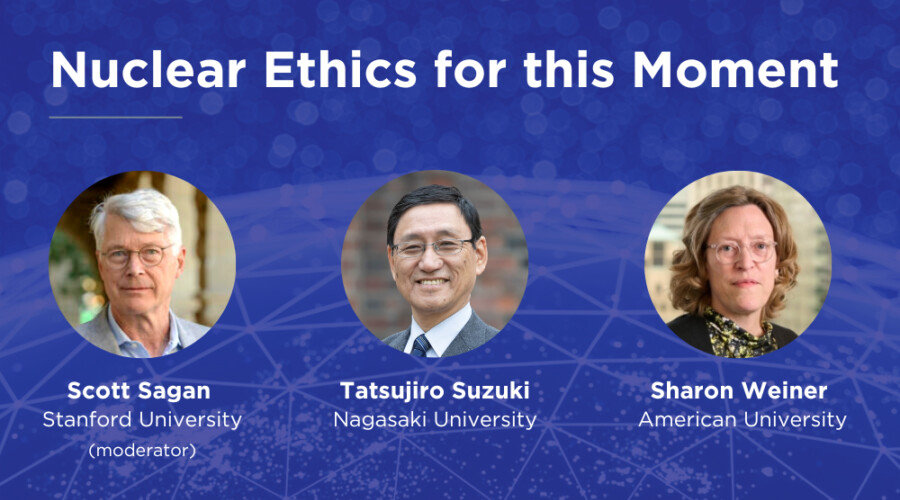Roger W. Smith (Reviewer)
This new book from Larry May is not a study of genocide, but rather an attempt to draw attention to the conceptual and practical difficulties and ''puzzles'' of conceptualizing and prosecuting genocide under international law. May also argues for expanding the list of groups that are protected under international law against genocide to include gender, culture, and language in addition to race, ethnicity, religion, and national origin. The book's central thesis, however, is that genocide is not ''the crime of crimes,'' and that it differs little from various crimes against humanity. May reminds us that under international law genocide does not necessarily even involve killing, and he goes on to ask why it should be regarded as worse than other crimes committed systematically against civilians. Since genocide is about the destruction of groups, not individuals, what is special about groups, and what is the ''unique harm'' that genocide involves as a result of the destruction of a group?
Philosophically, the author offers a nominalist account of groups,which does not recognize the independent existence of groups apart from the individuals who are said to compose them. At the same time he recognizes that individuals identify with certain structures, common interests, and the perception by the public that such groups exist. Groups have a moral standing because they provide for their members' identity and status—that is, their place in society—and, he assumes, protection of their rights. The unique harm of genocide, which he maintains is primarily psychological, is the destruction of the identity and the loss of membership status (and the rights that it confers) among members of the victim group.
That is the unique harm, May explains, but not the main harm, which is death, physical violation, and, in some cases, loss of homeland—harms that are not unique to genocide. Not surprisingly, the author then says that the unique harm of genocide is not as ''catastrophic as it is normally thought'' (p. 93). Genocide is thus placed on a par with other, non-group, crimes against humanity. In his words, ''genocide is one of the worst things that people can do to one another. But it is not morally unique in its horrendousness, and it is not the crime of crimes'' (pp. 19-20).
What May tends to disregard in his discussion is that in destroying an identifiable group, in whole or substantial part, the diversity and plurality of humankind is reduced, with permanent loss of biological and cultural possibilities. And unlike any other crime against humanity, these effects are intended. Moreover, when any state or movement claims the right to decide what groups have the right to exist, it poses a threat to all groups.
May's book is provocative, and it raises many important questions about the interpretation of genocide under international law, such as why certain groups, as opposed to others, are the focus of such mass destruction; why we insist individuals be tried for a collective crime; and how the little-understood concepts of incitement and complicity should be treated under international law. His argument that genocide should be viewed as a crime against humanity rather than a distinct crime has merit, though not, in this reader's opinion, for the reason the author gives. May thinks that the unique harm of genocide—the loss of identity and membership status—is not so terrible after all. While I would disagree, there are pragmatic legal reasons for viewing it as a crime against humanity. Notably, it is much easier to prosecute crimes against humanity under the Rome Statute of the International Criminal Court, since there is no problem about which groups are protected, such as there is with the UN Convention on the Crime and Punishment of Genocide. Under the convention, the only protected groups are ethnic, racial, religious, and national. In the Statute of Rome, the reference is simply to ''civilians.'' Further, no specific intent is required—that is, it is not necessary to show that victims were selected because they were members of a particular group.
May has made a valiant attempt to make sense of the international law against genocide, but his effort strikes this reader as flawed on numerous levels. For one thing, his prose is so distant that he seems to lose sight of the actual suffering before, during, and after genocide. It is as if ''genocide'' were just a word on paper, or an abstract legal concept. Much of this grows out of his inability, as a nominalist, to accept and appreciate the reality of groups. For May, such collective nouns are simply abstractions, which leads him into a psychological shallowness in which he can easily dismiss the degree of harm that the near destruction of a group inflicts upon the survivors and their descendants, even many generations later.
Consider, for example, the Armenians, who after ninety-five years are still traumatized by the genocide unleashed against them by the Turks in 1915, and who have had to deal with the continual denial of that genocide by the Turkish authorities ever since. May seems to think that individuals have multiple identities, and that a person can be stripped of one identity, with ''a corresponding loss, normally not permanent, of who they are'' (p. 89). The implication is that victims who lose their group identity and place in the world go on to assimilate or draw upon their non-group identities, and continue with their lives. But is this true?
May draws on legal cases from the aftermath of the genocide in Rwanda to provide a substantive basis for his analysis of ''incitement''—an area of international law that has been little studied, and, until Rwanda, for which there was no previous case law from an international tribunal. Yet, in order to give greater prominence to the role of incitement through the press and radio in terms of the law of genocide, he denies several times that there was any central direction of the Rwandan genocide (pp. 8, 202, 208). In so doing, May contradicts the views of most scholars who have studied the genocide in depth, and totally ignores the Bagosora verdict of 2008 by the International Criminal Tribunal for Rwanda, in which the extensive organization and direction of the genocide was documented. He is also in error when he says that there were two court systems for the trials of the Rwandan genocide defendants: the international court sitting in Tanzania and the village courts (gacaca) in Rwanda. Actually, there were three sets of courts, the third being the Rwandan national courts (which prompted protests by human rights groups since that court could, and did for a time, impose the death penalty, which is prohibited in international courts).
Finally, May's interpretations of the international law of genocide may not be wholly original, but they frame the essential debate. These interpretations have to do with what a group is; what the UN Convention means when the document speaks of destruction of a group ''in part''; whether a defendant on trial must personally have had an intent to commit genocide or, rather, knowingly participated in activities that would further the goal of genocide; and the issue of who is more responsible for genocide—the person who pulls the trigger or the persons who initiate or organize the genocide.
The above criticisms aside, the author can rightly be said to have put forward an original challenge to the ''unique harm'' of genocide. It is up to the reader, however, to decide if he has done so successfully.
—Roger W. Smith
Roger W. Smith is Professor Emeritus of Government at the College of William and Mary, and cofounder and past president of the International Association of Genocide Scholars.



